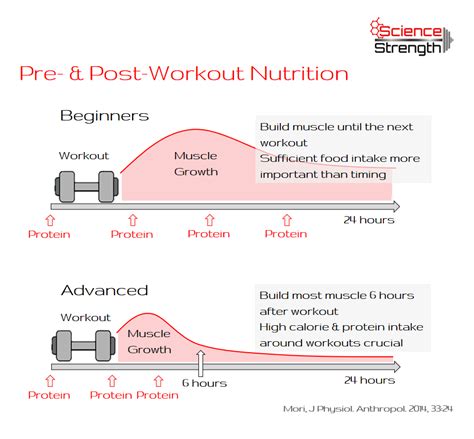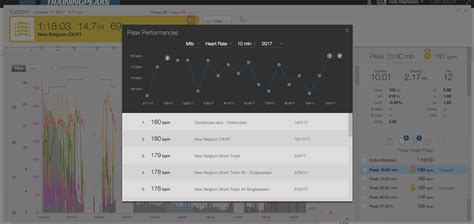Optimize your workday: what ergonomic gear truly boosts productivity & prevents burnout?
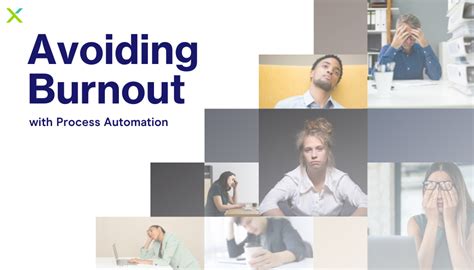
In today’s fast-paced professional world, spending long hours at a desk is the norm for many. While dedication is commendable, a poorly set up workspace can silently erode your health, productivity, and ultimately lead to burnout. The good news is that a strategic investment in ergonomic gear can transform your workday, making it more comfortable, efficient, and sustainable. But with a market flooded with ‘ergonomic’ products, what truly makes a difference?
The Hidden Costs of Poor Ergonomics
Before diving into solutions, it’s crucial to understand the problems that non-ergonomic setups create. Prolonged periods of sitting or working with improper posture can lead to a host of physical ailments: chronic back and neck pain, carpal tunnel syndrome, headaches, and even circulatory issues. These physical discomforts aren’t just minor annoyances; they are significant distractions that pull your focus away from tasks.
Beyond the immediate pain, these issues contribute to reduced concentration, increased stress levels, and frequent work breaks that aren’t truly restorative. Over time, this cumulative strain can drastically lower productivity, diminish job satisfaction, and accelerate the path to professional burnout, making every workday feel like an uphill battle.

Essential Ergonomic Gear for a Better Workday
The right ergonomic tools are not just luxuries; they are fundamental investments in your health and professional longevity. Here’s a breakdown of the key items that truly impact your workday.
The Ergonomic Chair: Your Foundation
A high-quality ergonomic chair is perhaps the single most impactful piece of gear. Look for chairs with extensive adjustability – seat height and depth, lumbar support (both height and depth), armrest height and swivel, and tilt tension. These features allow you to customize the chair to fit your unique body proportions, promoting a neutral spine alignment and even distribution of weight.
The benefits are immediate: reduced back pain, improved circulation, and greater comfort that allows you to focus on your work for longer periods without discomfort. Think of it as the bedrock upon which the rest of your ergonomic setup is built.
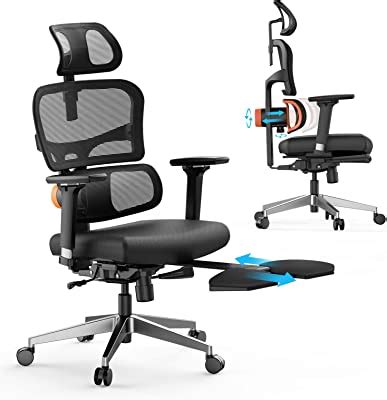
Standing Desks: Changing Your Perspective
While an ergonomic chair is vital, the human body is designed for movement. A sit-stand desk, or standing desk, allows you to effortlessly alternate between sitting and standing throughout the day. This simple change can significantly reduce the risks associated with prolonged sitting, such as poor circulation, weight gain, and fatigue.
Switching positions periodically helps keep your muscles engaged, improves blood flow, and can even boost energy levels and creativity. Many users report feeling more alert and focused when they have the option to stand, breaking the monotony of static posture.
Monitors & Monitor Arms: Eye-Level Comfort
Your monitor should be positioned at arm’s length, with the top of the screen at or slightly below eye level. This prevents you from craning your neck up or down, alleviating strain on your neck and shoulders. A monitor arm offers unparalleled flexibility, allowing you to easily adjust height, depth, and angle, whether you’re sitting or standing.
If you use multiple monitors, ensuring they are seamlessly aligned and at the correct height is crucial for minimizing head turning and eye strain, creating a truly harmonious visual workspace.

Ergonomic Keyboards & Mice: Wrist and Hand Health
Repetitive strain injuries (RSIs) like carpal tunnel syndrome are common among computer users. Ergonomic keyboards, such as split or wave designs, encourage a more natural wrist and arm position. Similarly, vertical mice or trackballs can reduce pronation of the forearm and pressure on the wrist, making long computing sessions far more comfortable and less risky.
Footrests & Lumbar Supports: The Often Overlooked Details
Even small additions can make a big difference. An adjustable footrest can provide crucial support for your feet and legs, particularly if your chair is too high or if you have shorter legs, helping maintain proper posture and circulation. Lumbar support pillows, if not integrated into your chair, can offer extra cushioning and support for the natural curve of your lower back, preventing slouching.
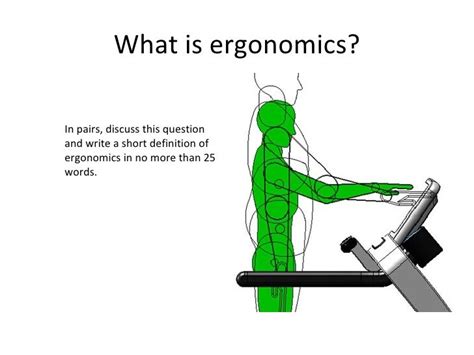
Beyond Gear: Habits for Sustained Well-being
While the right gear is foundational, it’s only part of the equation. Cultivating ergonomic habits amplifies the benefits. Remember to take regular micro-breaks every 20-30 minutes to stretch, stand, and walk around. Practice mindful posture even when you’re not actively thinking about it. Stay hydrated and ensure your workspace is well-lit to reduce eye strain. Ergonomics is a holistic approach, blending the right tools with conscious habits.
Making the Investment: Is It Worth It?
The initial cost of ergonomic gear might seem significant, but consider the long-term benefits. Reduced pain means fewer doctor visits, less need for medication, and most importantly, improved quality of life. For employers, investing in ergonomic workstations leads to fewer sick days, higher employee morale, and a substantial boost in overall productivity. The return on investment in health and efficiency far outweighs the upfront expenditure.

Conclusion
Optimizing your workday isn’t just about working harder; it’s about working smarter and healthier. By strategically integrating ergonomic gear into your workspace – from a supportive chair and dynamic standing desk to specialized peripherals and mindful accessories – you can mitigate the risks of prolonged computer use, prevent burnout, and unlock a new level of comfort and productivity. Make the commitment to your well-being; your body and your work will thank you for it.



